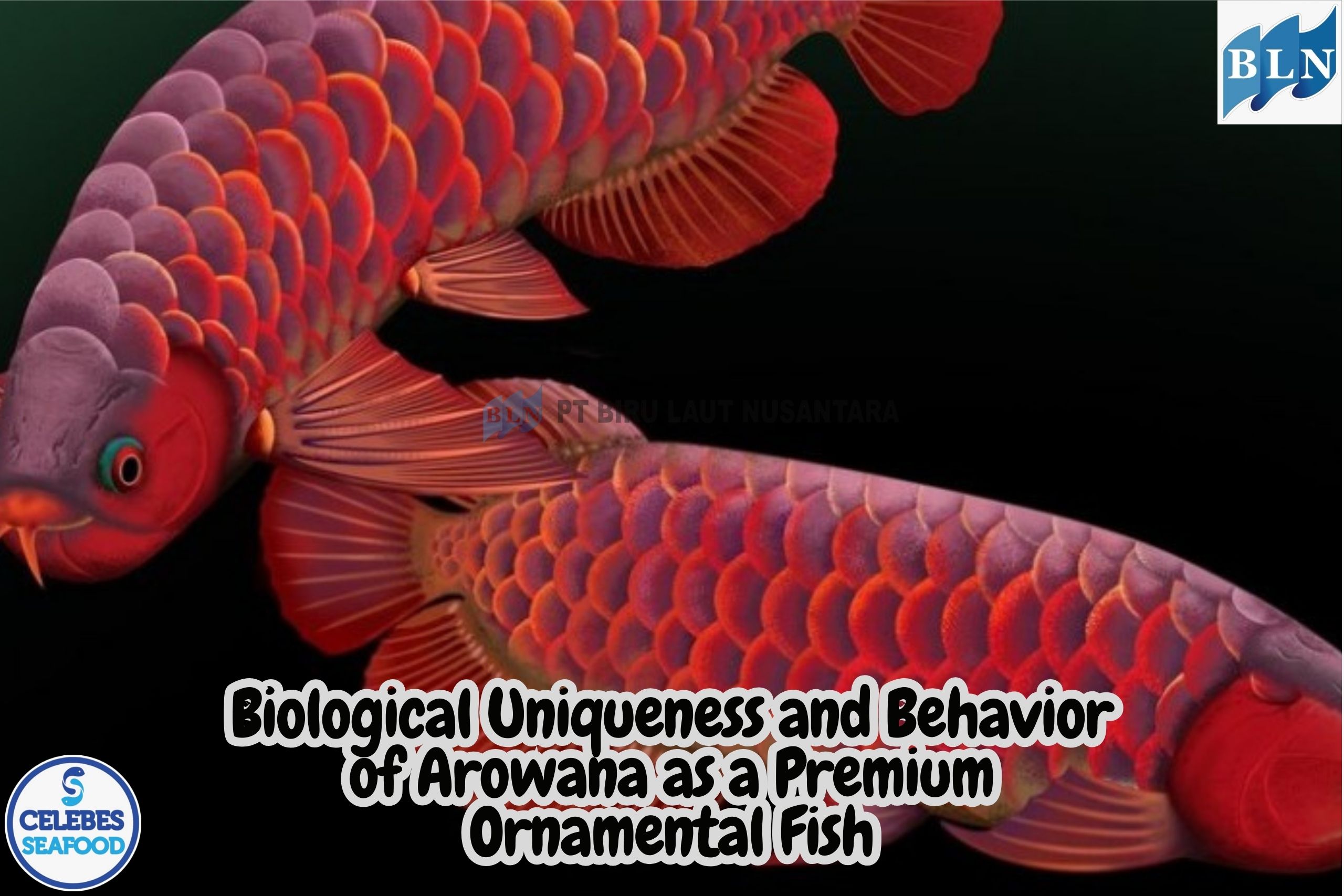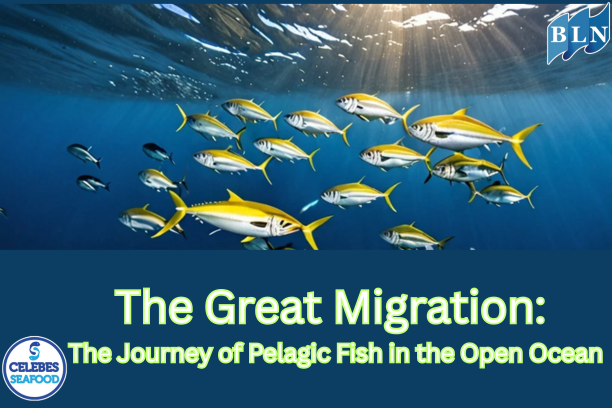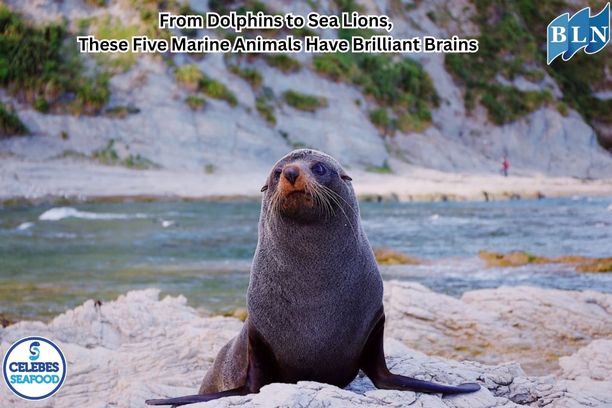The Giant Manta Ray, the World's Largest Ray Species
By. Rani - 27 Aug 2025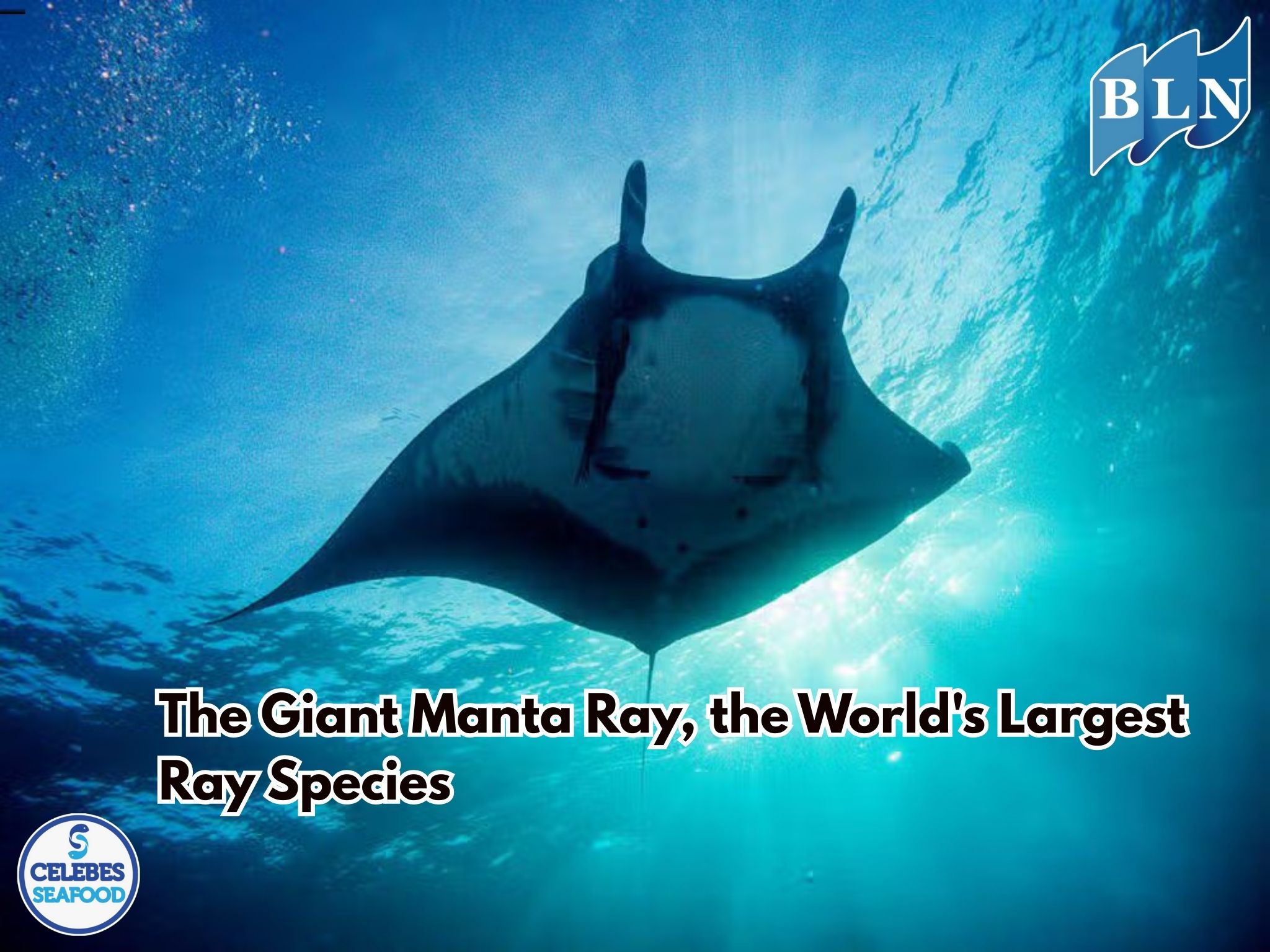
lautnusantara.com Every fish type has many species, and the ray family alone includes about 630 species worldwide. One of the most famous is the manta ray, which is further divided into two distinct species: the reef manta ray (Mobula alfredi) and the giant manta ray (Mobula birostris).
The main difference between the two is their size. The giant manta ray is larger than its reef counterpart, making it the largest ray species in the world. Want to learn more about this animal? This article will share some important information about the giant manta ray.
1. Habitat and Distribution
Giant manta rays have a wide distribution range across the world's oceans. They can be found in tropical, subtropical, and temperate waters, including areas around Indonesia, Australia, Mozambique, Mexico, and the Hawaiian Islands. They spend most of their time in the open ocean, far from coastal areas.
This behavior distinguishes them from reef manta rays, which prefer to live in coastal regions. However, at certain times, giant manta rays can also be seen near coastlines. They can also be found around seamounts, oceanic islands, coral reefs, and seagrass beds.
2. The Largest Ray Species by Size
As its name suggests, the giant manta ray is enormous. The width of its two pectoral fins can reach up to 7 meters, with an average of 4 to 5 meters. This is a key difference from their reef manta ray relatives, whose wingspan rarely exceeds 4 meters. Their weight is also impressive, reaching up to 2,000 kilograms, and they are long-lived, capable of living for up to 40 years.
Due to their massive size, these fish hold the title of the largest ray. Their brain size is also the largest among most fish. Despite their immense size, giant manta rays are harmless to humans. Some people even dive specifically to get a picture next to these ocean giants.
3. Zooplankton Eaters
We might often assume that large animals hunt equally large prey, but this isn't always true. Some large animals prefer to feed on very small creatures. The giant manta ray is a perfect example. Despite their huge size, they primarily feed on zooplankton.
When catching food, they swim with their mouths wide open, filtering the water to trap their prey. They have specialized organs to capture plankton as water flows into their mouths. The trapped plankton is then swallowed and digested, while the water exits through their gills.
4. Low Reproduction Rate
Giant manta rays are ovoviviparous animals. They have a low reproduction rate, typically giving birth to only one pup every two to three years. A newborn giant manta ray is about 1.4 meters wide at birth. The gestation period is estimated to last for about one year.
According to the Animal Diversity Web, the giant manta ray's mating season occurs from early December to late April. The mating process begins with a male chasing a female. When the female accepts, the male will bite her pectoral fin and position himself underneath her body. Copulation lasts about 90 to 120 seconds, after which the male will swim away. If another male tries to mate with the female, she will usually swim away.
5. Endangered Status
The IUCN Red List has listed the giant manta ray as an endangered species since 2020. They face numerous threats in the ocean. The main threats are both intentional and unintentional fishing by humans in their range. This fishing occurs due to the demand for their gill plates, which are used in traditional Chinese medicine. Furthermore, the meat of the giant manta ray is also considered a delicacy. Other threats include ship collisions, marine pollution, climate change, and habitat destruction.
Various conservation efforts for giant manta rays have been initiated by different countries. Indonesia, whose waters are home to these fish, has implemented protection measures for this species. These efforts include establishing conservation areas, banning fishing and trade of giant manta rays, and monitoring their population. These efforts must be continued and strengthened to allow the giant manta ray population to increase significantly.
The giant manta ray is also known by several other names in English, including oceanic manta ray and pelagic manta ray. They are true giants of the ocean that have captured human attention for decades, but sadly, their population is declining. Let's continue to support the conservation efforts for these magnificent creatures!
If you are interested in our OCTOPUS WHOLE CLEANED BALL TYPE, OCTOPUS WHOLE CLEANED FLOWER TYPE please do not hesitate to contact us through email and/or whatsapp.
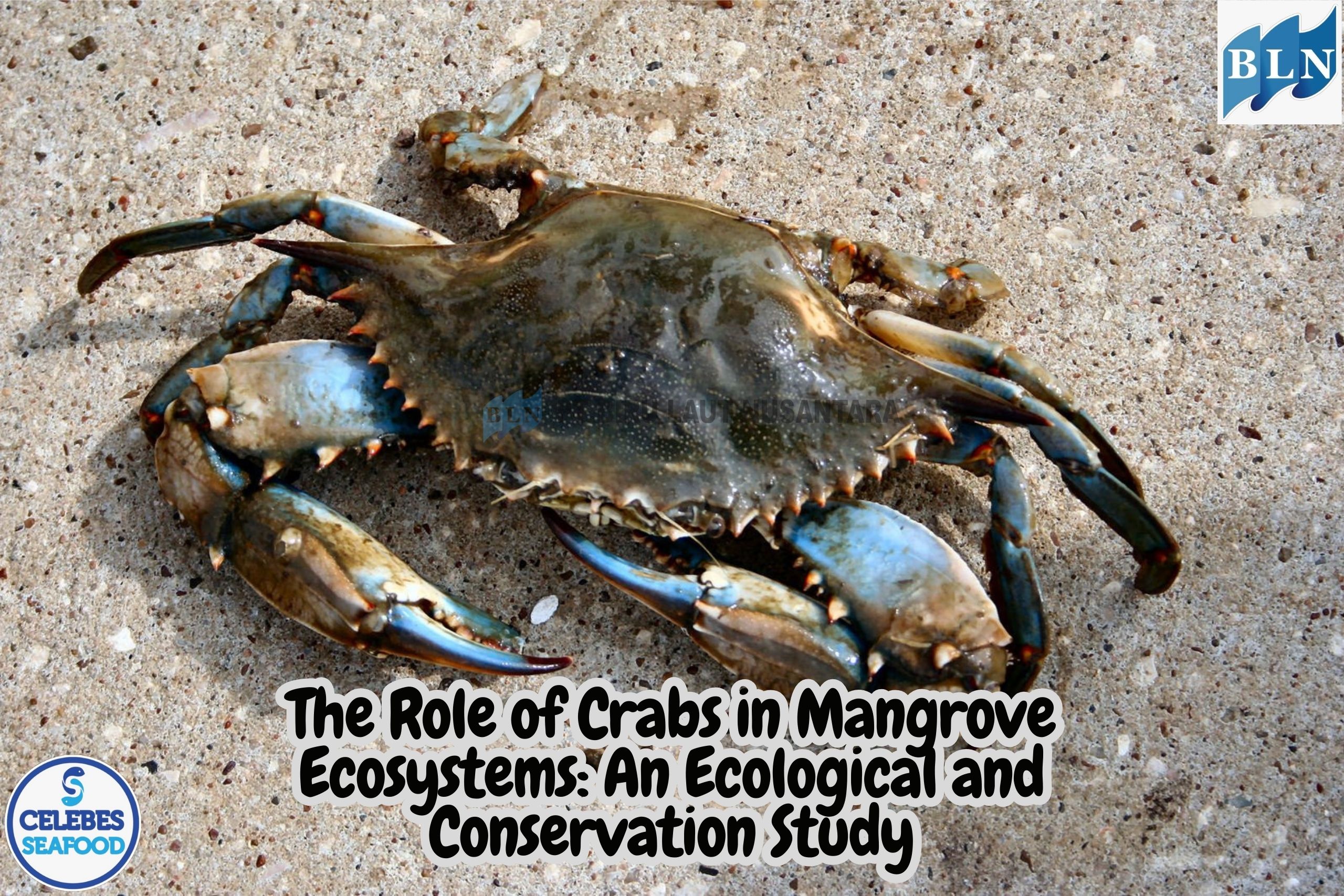

 on the Seabed.jpg)
